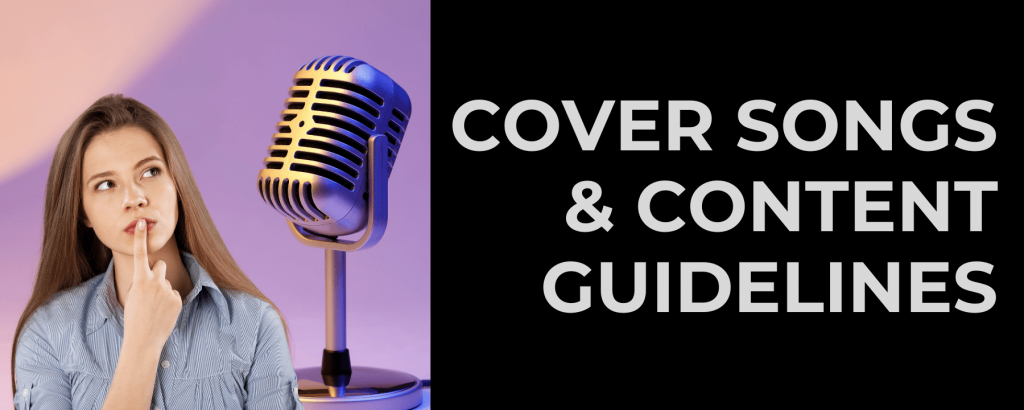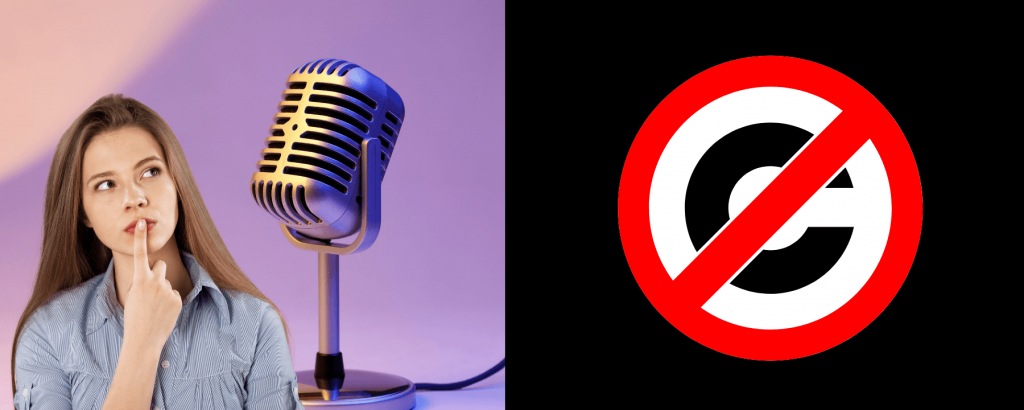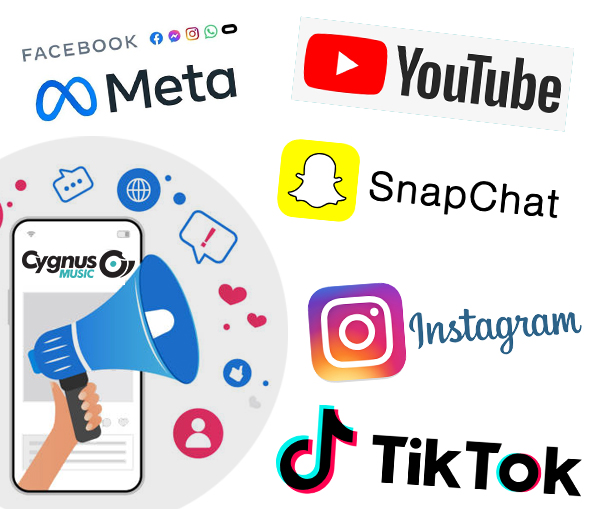
Creating cover songs? There are strict rules and laws on what is considered a cover song. Here’s what you need to know….

Lyrics
* The alignment with the original lyrics should be close to 95-100%.

Melody
* 90-95% or more alignment with the original melody.

Original
100% original sounds, no samples from original song.

License
You have a mechanical license to reproduce and distribute the song.

Credits
The original songwriters and copyright holders are properly credited.
- No Changes to Fundamental Melody or Lyrics
The cover version does not significantly alter the fundamental melody or lyrics of the original song. The law generally focuses on the notion of “substantial similarity” and whether an average listener would recognise the cover as the same work as the original, albeit performed by a different artist.
-
Melody: The melody should remain largely recognisable to an average listener as that of the original song. Small stylistic variations in how the melody is performed (such as slight changes in rhythm or ornamentation) are usually permissible, but the core melody that defines the song should be intact. This might suggest an alignment of 90-95% or more with the original melody, though this is a subjective interpretation rather than a legal standard.
-
Lyrics: The lyrics should remain unchanged to maintain the integrity of the original work. Changing words or adding new verses can transform the cover into a derivative work, requiring additional permissions. Thus, the alignment with the original lyrics should be close to 95-100%.
*It’s essential to understand that these percentages are not legal definitions but rather guidelines to illustrate the degree of fidelity expected in a cover song. The key legal requirement is not to alter the fundamental character of the song, making it a new, derivative work without permission. For any specific case or more nuanced interpretation, consulting with a copyright lawyer or a music rights organisation is advisable.
- No Use of Original Sounds
The cover song is entirely re-recorded, and does not sample or incorporate any part of the original sound recording.
- Distribution Rights
The mechanical license covers the right to distribute the cover song in the agreed formats and channels.
- Non-Derivative
The cover is a straightforward rendition without substantial changes that would make it a derivative work (requiring additional permissions).
- No Misrepresentation
The cover does not mislead consumers into thinking it is the original recording or endorsed by the original artists.
- Mechanical License
The artist or producer has obtained a mechanical license from the original copyright holder or a music licensing organisation to reproduce and distribute the song.
- Proper Attribution
The original songwriters and copyright holders are properly credited.
Releasing a cover song without meeting the legal requirements can lead to several significant risks
- Copyright Infringement Lawsuits: You could be sued by the copyright holder, leading to costly legal battles or settlements.
- Financial Damages: Courts can award substantial damages for copyright infringement, potentially amounting to thousands or even millions of dollars, depending on the scale of the violation.
- Takedown Notices: Your cover song could be subject to takedown notices on digital platforms, damaging your reputation and reach.
- Loss of Revenue: Any revenue generated from the illegal cover could be claimed by the copyright holder, and future earnings could be jeopardised.
- Blocking of Distribution: A distributor may freeze your account and funds if you’re flagged for copyright infringement.

- Reputational Damage: Being involved in a copyright dispute can tarnish your reputation, affecting collaborations, partnerships, and fan support.
- Legal Costs: Beyond potential damages, you’ll likely incur significant legal fees, regardless of the lawsuit’s outcome.
- Revocation of Licenses: If you’ve obtained licenses improperly or violated their terms, they can be revoked, affecting your ability to release music legally in the future.
- Banned from DSP’s: Stores may chose to ban your label for life if copyright infringement has been found.
In short, the risks of not adhering to copyright laws when releasing a cover song are severe, including legal, financial, and reputational damages. Always ensure you have the proper permissions and licenses in place before proceeding.
Further to this, please be aware of the content guidelines below. DSP’s like TikTok, Facebook, Instagram, Spotify, YouTube and many more, take a very firm approach by removing content, holding royalties and pursuing any damages.
100% MATCH
You should only release songs audio where you have the right to claim UGC videos that use 100% of the delivered audio.
Public domain content
You must not use public domain content in any form, specifically audio files that contain public domain content.
“Soundalikes” or karaoke versions of songs.
You must not create live versions of songs that sound very similar to the recorded version of that same song.
Derivative versions of recordings owned by other parties.
Unless with consent, you must not create remixes of songs for which you do not own the original version of or have not licensed the rights for the remix from the original rightsholder.
Mashups of several songs
Even if you have cover song licenses, you can not merge 2 songs into one 1 song. The only exception is if you have permission from both rightsholders.
Content that contains very generic and common sounds
You must not distribute sounds such as audience applause, white noise, simple drum loops, animal noises, cell phone rings, laughter, spoken word, TV/Movie dialogue, and talking that is not accompanied by music. This includes ambient sounds.
Hidden Recordings
Content ID systems are highly tuned to locate hidden recordings. These look like original artist recordings but contain one or more “hidden” recording snippets within the track in order to trick content ID into misallocating royalties. Any instances of this will find themselves banned.
Titles, remixes and versions that misrepresent the song
You must not use things like ‘Remix’ unless it is an official remix with the original composer credited. Using terms like ‘TikTok’ remix must not be used.
Sped Up / Slowed Down
You can create Sped Up/Slowed versions of songs you own the rights to, however creating versions of popular songs that have been altered will be banned.
Sampling
If you use any samples, proper clearance and licensing are crucial for legal compliance and giving credit to original creators.
UGC / PGC Copycat
You must not create copies of trending PGC or UGC audio on the social media.
If in doubt, speak to a member of staff at Cygnus Music. We can provide advice and resources. Cover songs are a great way to show your artistic expression, but they must be done right.
